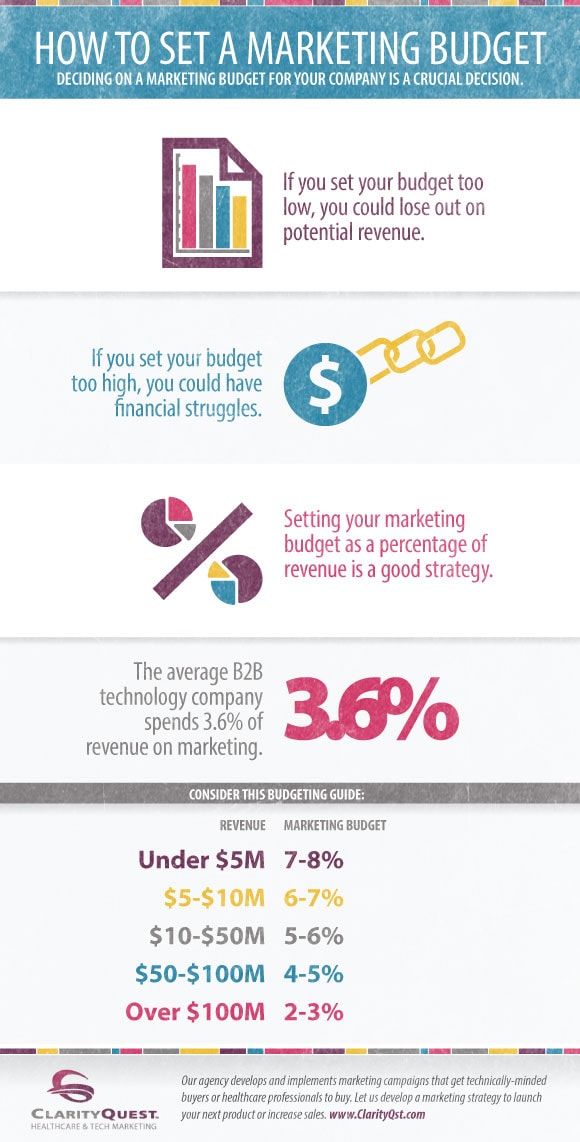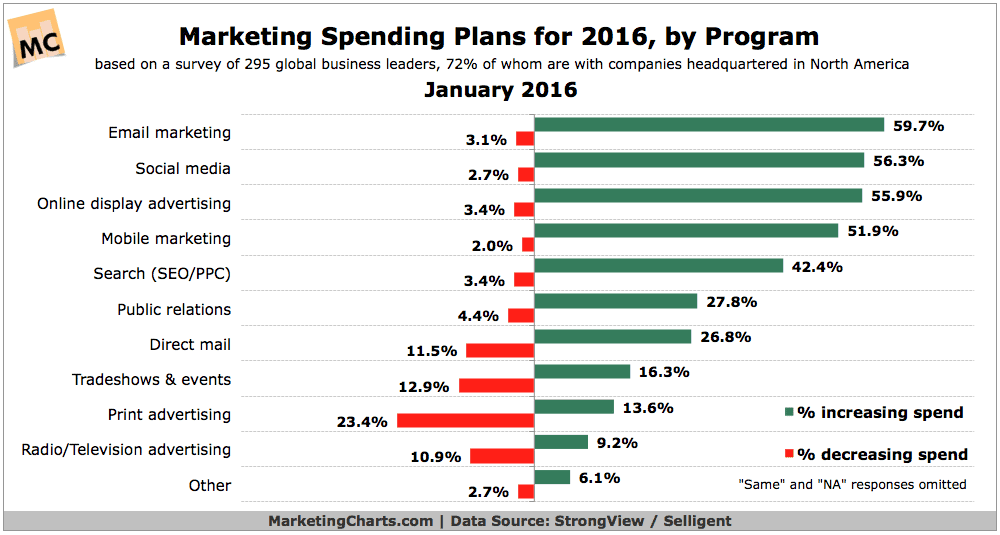One of my all-time favorite movies was Field of Dreams where Ray Kinsella, played by Kevin Costner, heard voices telling him that if “You build it, they will come.”
Maybe in the movies.
But in business, that is definitely NOT the case.
Marketing For Brick & Mortar
And that applies to both brick and mortar businesses as well online businesses. Without a marketing plan and a consistent effort to attract prospects and turn a percentage of them into paying customers your business will not grow. Brick and mortar businesses rely a lot on location and drive-by and walk-by traffic. But even then, you need to do more than just open the door and wait for people to walk in. Yes, some will come in with little effort on your part, but will it be enough? Plus, if you rely only on people who see your business to come in and buy from you, what about the larger majority of people who don’t walk by your place of business and might not have any idea you even exist? Yet a percentage of these people are your potential customers —- once they are made aware of what you offer and that you exist. Or you can give them a reason, such as a sale or discount or new product or service.
Or you can attract them simply by being given the opportunity to explain your value proposition.
And there’s the rub: “Given the opportunity.” What if you are never “given the opportunity?” That’s where marketing comes in. Marketing CREATES the opportunity!
[bctt tweet=”Don’t wait for your opportunity. CREATE your OWN opportunity by actively MARKETING your business!” username=”samsonmedia”]
Marketing Online
Creating visibility is even more of a challenge online because you do not have the advantage of drive/walk-by traffic. Your main source of attracting potential clients rests mostly with the search engines in the hopes of having your business come up in a related search for what you offer.
Social media is another method of creating awareness but it’s a much more unreliable way to drive sales. We consider social media more as a way to generate leads early in the buying process by engaging people to hook into your various sales funnels to be sold to later. Social media may be more reliable as a lead generator and can be a good way to generate direct product sales. But using social media to close sales for larger ticket items or for highly personalized services such as legal, coaching, financial, marketing, design, etc. is highly unlikely.
Again, a marketing plan that creates awareness on a consistent basis is KEY.
How Much To Spend on Marketing?
While there are various formulas for calculating your ROI on marketing I like this straight forward recipe from Laurel Mintz at Entrepreneur.com:
New companies: For companies that have been in business for one to five years, we suggest using 12 to 20 percent of your gross revenue or projected revenue on marketing. (Companies less than a year old, tend to need to ramp up before spending marketing dollars.)
Established companies: For those companies that have been in business more than five years and have some market share/brand equity, we suggest allocating between 6 and 12 percent of your gross revenue or projected revenue.
Here’s another take on what percentage you should spend on marketing:

In this blog post by Chris Leone of WebStrategies, they cited a report from Forrester Research that shows the estimated allocation of marketing funds offline vs. online and across the digital channels.
Here are some conclusions from that report:
-
In 2016, the average firm was expected to allocate 30% of their marketing budget to online, this rate is expected to grow to 35% by 2019
-
Search engine marketing will capture the largest share of online spend with online display (banner ads, online video, etc.) taking the second largest share
-
Social media investments will continue to grow as an overall share of online spend, but will only represent about 15% of the total online spend
-
Mobile marketing has grown to a point that it’s no longer tracked in the forecast and it’s presumed to be considered across all channels
In a related chart, you can see how marketing spend allocations were increased or decreased in 2016, with print showing the largest decrease, not surprisingly, and good old email leading the way with the largest increase in spending:

The Reason We Wrote This Post
Marketing your business and allocating money to do it effectively are not new concepts. The reason we wrote this post, however, is because of the increasing number of our clients who we build websites for that increasingly ask us “now what?,” almost as an after-thought, after their new site is launched, thinking, like Ray Kinsella in the cornfields, that since the new website is built the new customers will simply come. If only it was the simple.
So we realized that we needed to create a program that helped jump start their business online by offering a Kickstarter Program to put their new business on the map, so to speak. And to discuss marketing the business before the website is launched.
The fact of the matter is that nowadays, marketing involves many different touch points: search, social, advertising, video, PR, etc. It’s a multi-pronged approach. Which can often seem daunting.
To that end we formalized a program that we had been doing unofficially and piecemeal for years anyway, and packaged it into the cost-effective, ongoing, turn-key Inbound Marketing Kickstarter Program, which you can see HERE.
Maybe in the movies if “You build it they will come.” But in real life we know it takes a bit more than that. The Kickstarter Program should help.
What effective marketing strategies and tactics work for you?

